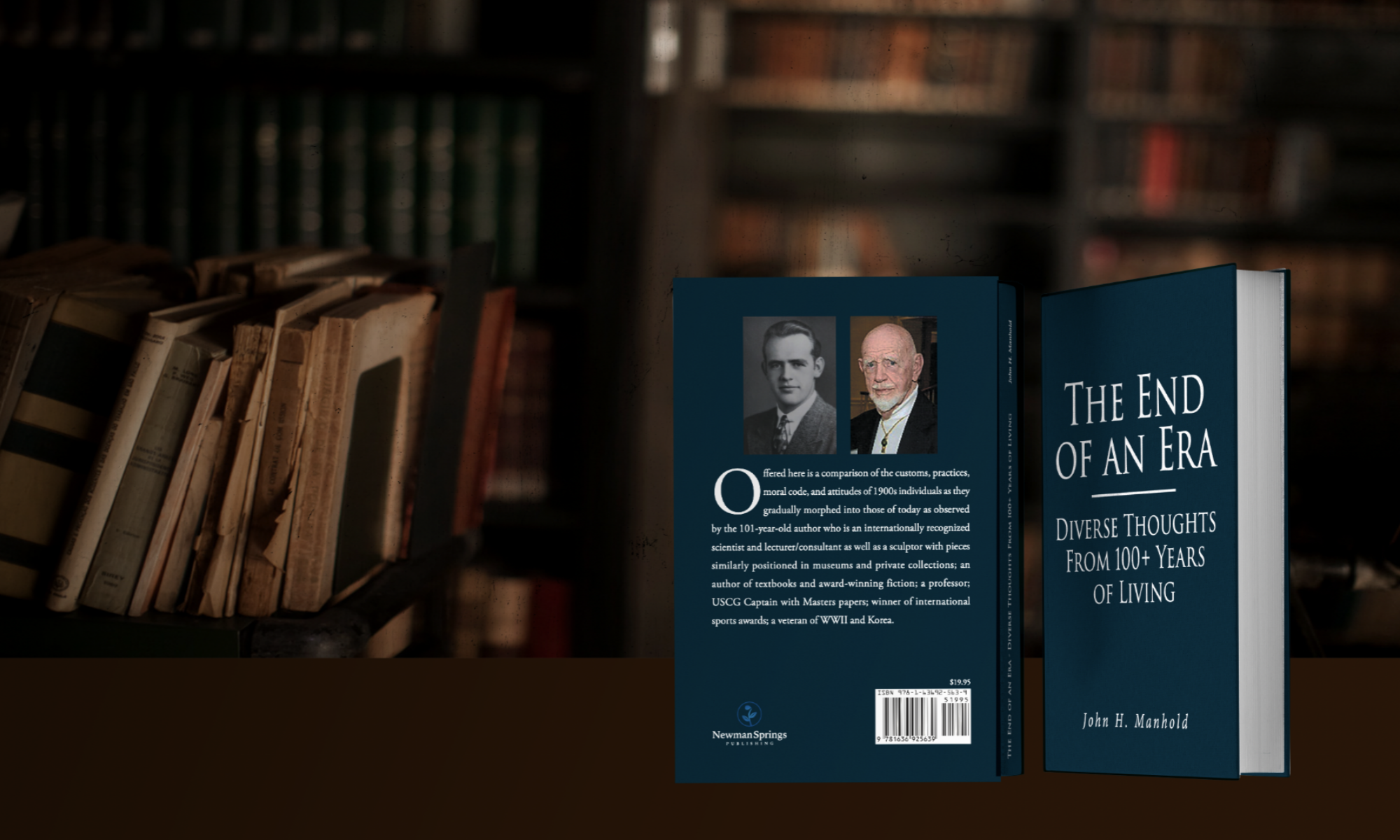Healer’s Hands, Healer’s Heart ISBN: 9780986124723, Healer’s Hands Publishing (2015) by Gloria Kaye, PhD.
Sub-titled “Sharing the Gift of Healing”, according to the author this book presents “in-depth insights, practical techniques and inspiring stories of success with non-traditional healing.” It is composed of two sections. I – My World as a Healer that sets forth in 7 chapters the author’s background; a series of dramatic healings of numerous individuals; description of various conditions successfully treated; recounting establishment of a holistic care establishment for an elderly population; successful treatment of a number of animals suffering from various conditions; a chapter dealing with professional athlete’s; and one on Progress with Forward-Thinking Physicians. Section II: Healing Basics and Insights with chapters providing Healing tips for Beginners; Uncommon Solutions to Common Complaints; Classroom Experiences describing activities during and following a lecture at UCLA School of Medicine; Distance Healing Vignettes literally describing how these are performed; Small Moments that discuss subjects such as Regarding Relationships, Decisions, Anger, Control and more and a Summary. Chapter.
Discussion: The author has provided a discussion of a subject that gradually is causing an increasing amount of attention within the field of medicine. This new direction stems directly from the populace in general. In spite of the magnificent advances in medical technology and treatment modality, the patient increasingly is feeling that he/she no longer is ‘a person’. ‘Health care’ and all of the accompanying considerations has caused patient care to grow so much the physician has become overwhelmed. Frequently a patient may not even be seen by one, but by a ‘nurse practitioner instead’, or he/she may ‘dial a number’ or to ‘chat’ with one on a web line. As a result, the patient frequently is attended to quickly by some ‘health care provider’. Why? The number seen/day, or similar. is the important ‘bottom line’ for the health care facilities which are administered more frequently than not by an administrator with little to no medical knowledge or understanding of a patient’s needs. The patient’s complaints frequently are listened to but not actually ‘heard’. The ‘unwell’ individual, rightly or wrongly, is disgruntled. Thus, an increasing number of voices asking for personal attention.
The range of alternative medical treatment is quite large. This author, interestingly having successfully defended a PhD thesis in Yoga, believes (and makes a good case for) the fact that she probably belongs to a group of Russian Healers known as Mystics. She represents one phase that favors a mode of treatment more favorably looked upon by Eastern therapists who concentrate on movement of body energy. They address “the physical, emotional and spiritual aspects of life” within the body. The Hindu tradition, for example, addresses the Chakras (specific control points in the body) that represent ideas rather than “something tangible that can be excised or palpated”.
Conclusion: The author has presented a most engaging discussion of one phase of the gradual rebirth of Alternative Medicine. From this reader’s perspective, she has spent too much time presenting different but similar case histories. Granted her desire is to show their authenticity through the variety and many glowing statements of corroboration. However, a smaller number would seem to have made the reading less redundant and still made her point. Part II is most informative and will stimulate interesting thoughts and conjectures.
4* Dichotomous 3* – 5* for reasons described.
